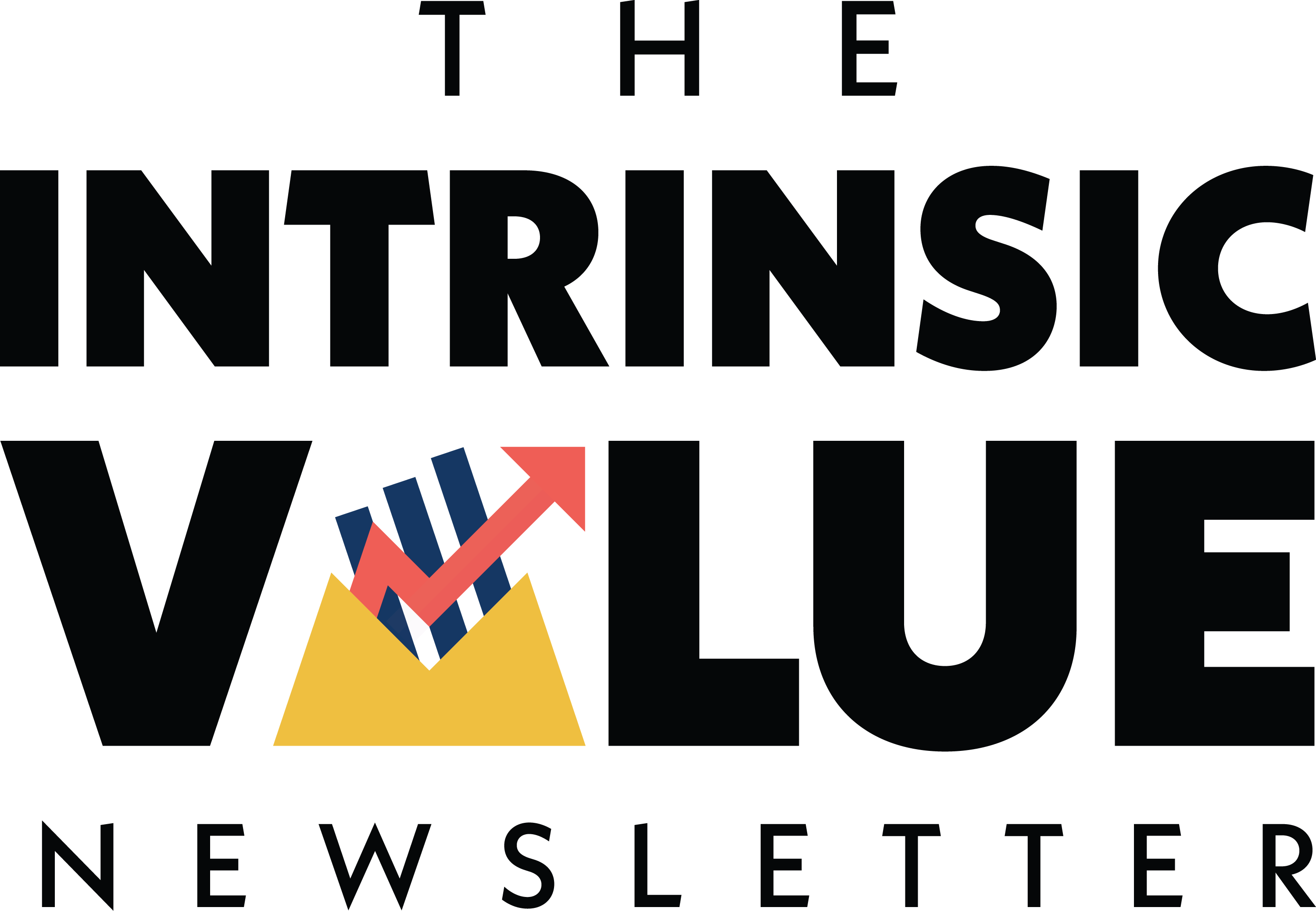Bidenomics

Hi, The Investor’s Podcast Network Community!
We are 196 days into 2023 — time flies 😅
And we are 901 days into President Biden’s four-year term (1,461 days.) As the 2024 election cycle looms, it seems like as good a time as any to dive into his administration’s framework for the economy.
Today, we’ll discuss what “Bidenomics” is, and more, in just 4 minutes to read.
Get smarter about valuing businesses in just a few minutes each week.
Get the weekly email that makes understanding intrinsic value
easy and enjoyable, for free.
If you love this newsletter, you’ll love our podcasts. For years, our flagship podcast, We Study Billionaires, has topped the charts by interviewing the world’s best investors.
But that’s not our only show. We also make podcasts for millennials learning about investing, real estate, Bitcoin, and living richer, wiser, happier.
WHAT ELSE WE’RE INTO
📺 WATCH: The five biggest life lessons for becoming a better investor
🎧 LISTEN: Deep value investing in 2023 with Tobias Carlisle
📖 READ: Howard Marks reflects on the biggest market predictions he’s made in his career
READER RESPONSE
Last week we asked readers: What’s your dream summer vacation and why?
Here are a few responses:
- “Tour US national parks in the West and hike” — Thomas from Grand Rapids, Michigan
- “A month off, on a motorcycle, road trip across Europe” — Damir, from Slovenia
- “At least a week on an island beach, maybe Hawaii, with more Piña Coladas than I know what to do with” — Alex, from Burlington, Vermont
Want to see your name and response up in lights?
Next week’s question: Leave your response.
Political plans
Assessing a President’s plans and performance is typically fraught with political biases, or, at least, the accusation of them.
And in the chapters of history, most political ambitions, especially those as grandiose as overcoming entrenched bureaucracy to shape an entire nation’s economy in 4 or 8 years, will be defined more by the big-picture forces already at work than the specific policies enacted.
Still, it’s worth understanding the initiatives being pushed to reflect on the logic behind them and to what extent they accomplish their goals.
For doing so with the current U.S. Presidential administration, there’s perhaps no better person than Jared Bernstein, the head of the White House Council of Economic Advisors.
He went on the Bloomberg Odd Lots podcast recently to discuss President Biden’s economic agenda, aka “Bidenomics.”
Time to brag?
In fact, his team has been on a campaign touting the successes of Bidenomics at a time when financial markets have been repeatedly surprised by the economy’s strength despite rising interest rates.
It’s been a year since gloomy predictions of an impending housing market collapse and surging unemployment became popular. Neither has manifested, while inflation rates have slowed dramatically.
It’s premature to say inflation is fully under control and a recession caused by the Federal Reserve’s interest rate hiking campaign has been averted, but some political bragging rights have probably been earned.
Bernstein argues, “I think all of us here in this business get very focused on the news of the day…you know, the market asset that’s in trouble or…the supply chain that’s broken. But Bidenomics takes both a near-term and a very long-term view.”
Bottom-up
It aims to accomplish “bottom up, middle out growth,” what he calls a “complete reversal from the trickle-down approach” made famous several decades ago.
In that vein, huge pieces of infrastructure legislation like the Inflation Reduction Act and the Chips Act, if implemented correctly, can fundamentally change the economy.
The worry, though, is that these multi-trillion-dollar plans pull future investment forward, limiting how much “ammunition” the federal government has to respond to recessions down the road.
Bernstein contends these public initiatives promote long-term private investment, and as he highlights, manufacturing spending on an inflation-adjusted basis is up about 100% compared to the previous administration.
Said differently, America is undergoing a reindustrialization process, particularly in areas like semiconductors (computer chips), electric vehicles and batteries, and clean energy, after many years of outsourcing factory jobs abroad to lower cost-of-labor countries like India and China.
President Biden announced recently that companies have committed over $500 billion toward manufacturing and clean energy projects in the coming years.
Industrial policy
Bernstein continues, saying a national industrial policy has been used since the country’s beginnings with Alexander Hamilton’s manufacturing initiatives.
In recent years, those policies have taken a different shape, where “the deepest pocketed, best connected” lobbyists manipulate the tax code in their favor, often divorced from what actually boosts economic productivity (the ability to produce more with less.)
As Bernstein sees it, Bidenomics is about creating “the environment and the conditions both in terms of capital investment, in terms of worker quality, and in terms of ancillary functions…that workers need to make this all work.”
In other words, the goal isn’t to tell companies how to run their businesses and zoom in too much on the small details. Rather, it’s about addressing market failures where the risk-reward ratios for things like climate change or geopolitical threats in supply chains aren’t appreciated in time by private investors.
Economic oxygen
And to do that, says Bernstein, “we have to make sure that the workforce is empowered and educated.” This is why the administration’s major initiatives — the CHIPS Act and the Inflation Reduction Act — offer worker resources for training and push companies to provide child care when utilizing related subsidies/tax breaks.
Another example of this is what he calls “economic oxygen.” That is, ensuring affordable high-speed broadband internet nationwide.
Otherwise, folks in rural America “can’t participate” in our modern economy.
International ramifications
That’s all easier said than done, to be sure. One concern about Bidenomics is that providing advantages to companies investing in U.S. manufacturing comes at, to some extent, the expense of American allies.
Bringing jobs back from China is one thing, but taking them from Europe or Japan doesn’t exactly strengthen those relationships. To this, Bernstein comments the U.S. and its allies have a lot of “commonality” in economic policy. Instead of increasing head-to-head competition, the hope is that there are “spillover” benefits.
He uses an example with electric batteries: Bidenomics may promote battery production in the U.S., but that increased production will boost demand for the many different types of metals that go into batteries, supporting international trade as companies source those inputs from around the world.
Consumers and workers
Ultimately, Bernstein thinks Americans are more than just “consumers 100%.” In his view, the focus for too long has been on importing as much as possible to fuel consumption at lower prices, pushing production outside of the U.S.
He adds, “Yes, we want robust trade flows. Yes, we want to work with our partners to lower the costs of goods that are so critical to our future, but we also want to have good jobs here. And we don’t want to hollow out our communities.”
That’s Bidenomics in a nutshell, according to Bernstein. Whether that logic is sound and can work in implementation is up for debate. However, investments in U.S. manufacturing are undoubtedly on the rise, and it at least “feels” like a big shift is underway.
Dive deeper
For more, listen to Bernstein’s full interview here and this write-up from The Economist.
See you next time!
Enjoy reading this newsletter? Forward it to a friend.
Was this newsletter forwarded to you? Sign up here.
All the best,
P.S. The Investor’s Podcast Network is excited to launch a subreddit devoted to our fans in discussing financial markets, stock picks, questions for our hosts, and much more!
Join our subreddit r/TheInvestorsPodcast today!












